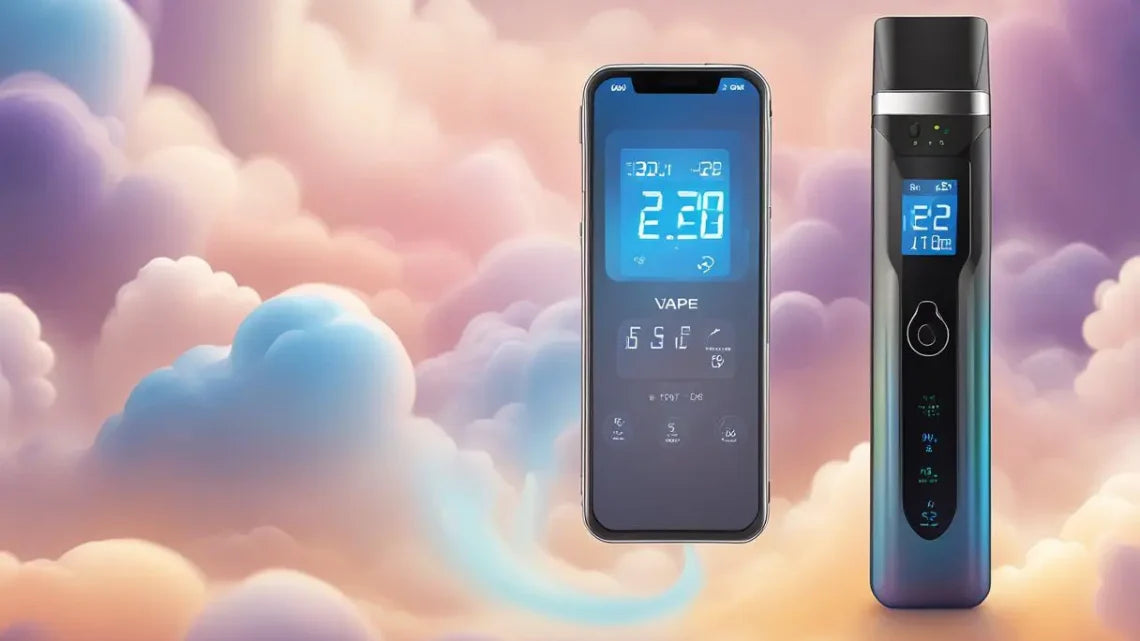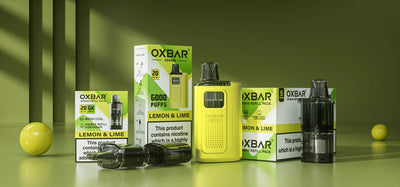Optimising Your Vape Settings:
Achieving the perfect vaping experience often requires fine-tuning your device’s settings. Whether you're new to vaping or an experienced user, understanding how to optimise your vape settings can make a significant difference in flavour, vapour production, and overall satisfaction.
Understanding Wattage and Voltage
Wattage: Wattage refers to the amount of power your device uses to heat the coil. Adjusting the wattage can influence the warmth and intensity of your vapour. Generally, higher wattage produces more vapour and enhances flavour, but it can also lead to quicker coil degradation if set too high. Most vape devices allow you to adjust the wattage, and finding the sweet spot that suits your vaping style is essential.
Voltage: Voltage is another crucial factor that impacts the power output. While wattage is a direct measure of power, voltage refers to the electrical potential your device uses. Some devices allow you to adjust the voltage, but it’s more common to find adjustable wattage settings.
To optimise your vape, start with a lower wattage or voltage setting and gradually increase it until you find the balance that works for you. Always refer to the recommended wattage range for your specific coil to avoid burning it out prematurely.
Temperature Control Settings
Some advanced vape devices offer temperature control (TC) settings, allowing you to set a specific temperature limit for your coil. This feature prevents the coil from overheating, reducing the risk of dry hits and extending the coil’s life. TC is particularly useful for those who use nickel, titanium, or stainless-steel coils, as these materials can handle variable temperatures more effectively than traditional kanthal coils.
When using TC mode, it’s important to lock in the correct resistance of your coil at room temperature. This ensures the device accurately monitors the coil’s temperature and provides consistent performance.
Airflow Adjustments
Airflow plays a significant role in your vaping experience. Most devices come with adjustable airflow, allowing you to control the amount of air that mixes with the vapour. Wider airflow settings typically produce more vapour and offer a cooler vape, while a tighter airflow provides a warmer, more intense flavour.
Experiment with different airflow settings to find the one that enhances your preferred e-liquid flavours and suits your vaping style. Remember, adjusting the airflow can also impact the draw resistance, making it feel more like a cigarette or more like a smooth, open draw.
Coil Resistance
Coil resistance, measured in ohms, affects both the flavour and vapour production. Lower resistance coils (sub-ohm, below 1.0 ohm) produce larger clouds and more intense flavour but require more power. Higher resistance coils (above 1.0 ohm) are more suitable for mouth-to-lung vaping, offering a tighter draw and more discreet vapour production.
When choosing a coil, consider your vaping preferences and how much power your device can deliver. If you’re new to sub-ohm vaping, start with a higher resistance coil and gradually explore lower resistances as you become more comfortable with your device.
E-Liquid Compatibility
Not all e-liquids are created equal, and the VG/PG ratio can significantly impact your vaping experience. High VG (vegetable glycerin) e-liquids produce thicker vapour and are better suited for sub-ohm devices, while high PG (propylene glycol) e-liquids offer a stronger throat hit and are ideal for higher resistance coils.
Ensure that your e-liquid is compatible with your coil and device settings. Using the wrong VG/PG ratio can lead to issues such as dry hits, leaking, or insufficient vapour production.


